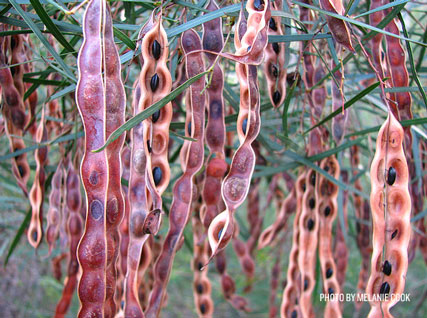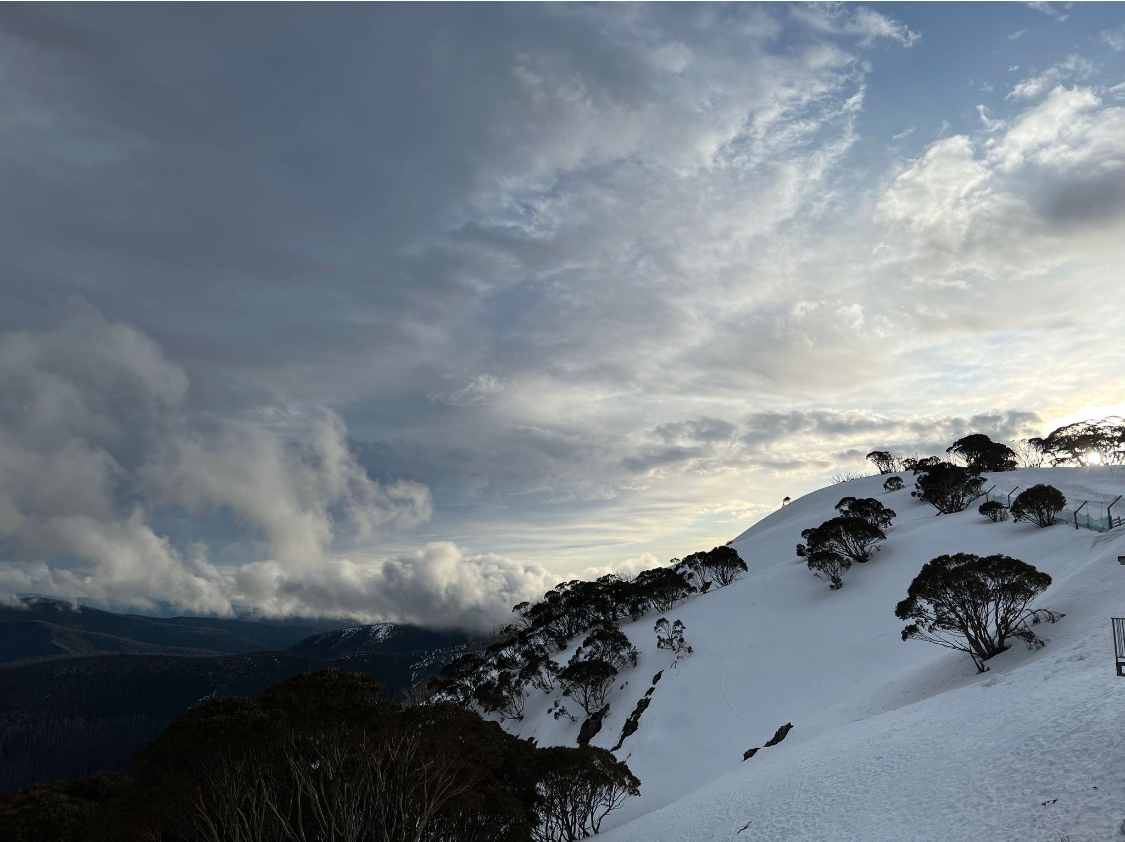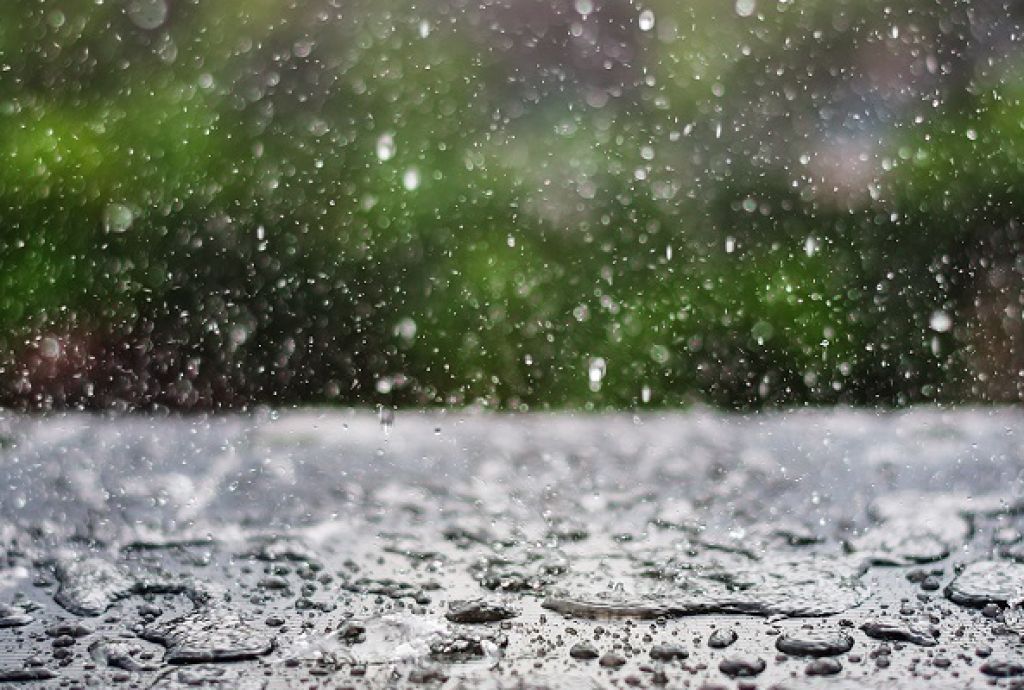Most of us love a tidy garden and when we get the chance, we tend to attack the leaf litter that has accumulated. We mow, stack, burn, mulch or remove it completely from the site.
We need to stop doing this!
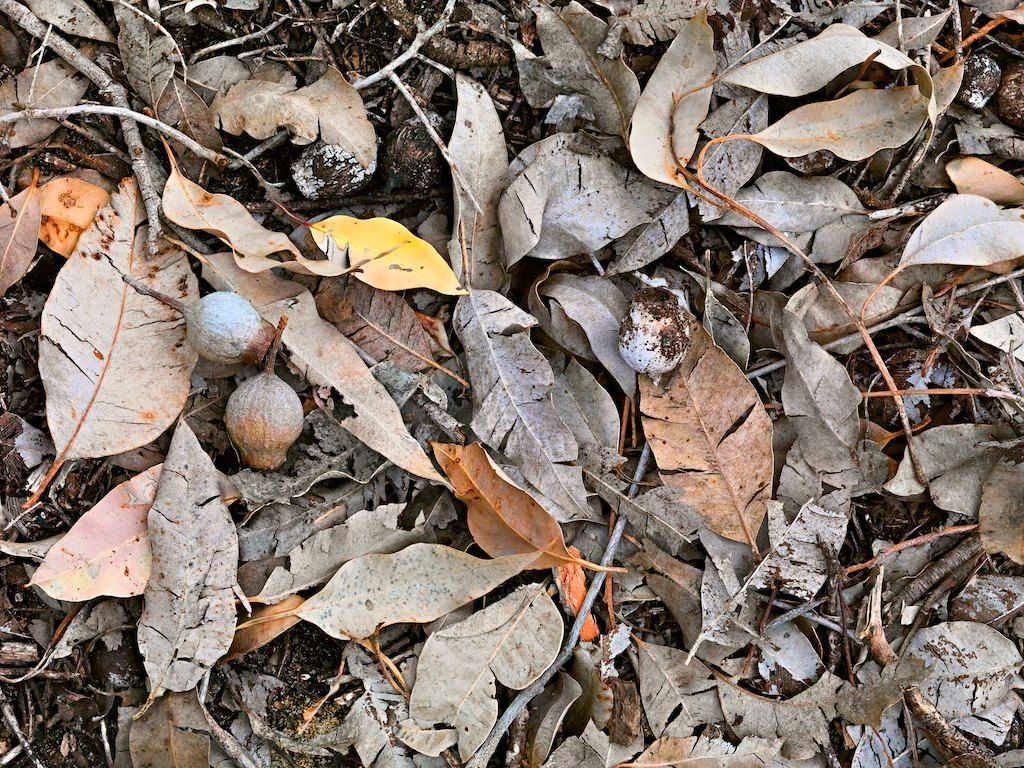
We seriously need to get rid of this habit – raking our lawns and garden beds free of all leaf litter and debris. Donald Trump had it wrong too! What we are really doing is removing precious habitat of our native invertebrates, fungi, bacteria and consequently our native birds, reptiles and mammals.
From slivers of bark for geckoes to hide beneath, grass stems for spiders to span with webs, and grassy tussocks for echidnas to seek ant nests between, the ground is a natural metropolis. Logs provide small hollows and crevices where lizards can live, the moist soil beneath logs provide a liveable space for slaters upon which the bush-stone curlew and hooded robin can feed themselves and their chicks. A frog will find refuge within the damp decaying interior of a fallen branch where it awaits a dewy evening or the next rain.
The Ground Story. Available from the Goulburn Broken Catchment Management Authority.
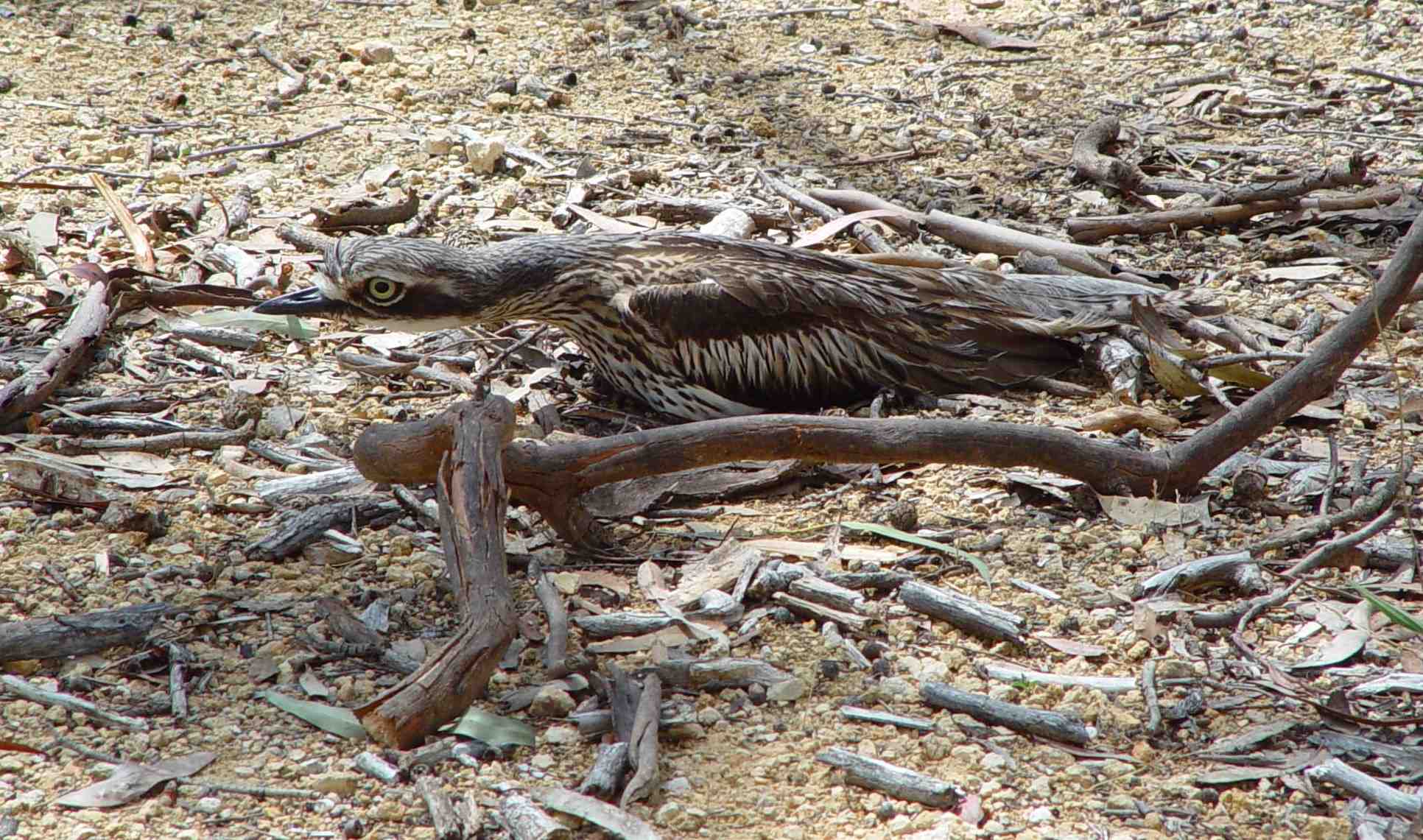
What is leaf litter?
Leaf litter is the fallen logs, branches, sticks and leaves that accumulate mostly under our trees. It is home to a multitude of soil organisms, plants, animals, frogs, birds and insects that have evolved to live in this type of habitat.
Why is removing leaf litter a big deal?
Removing leaf litter is a major factor contributing to the loss of biological diversity.
- Loss of fallen dead wood increases impact of wind on the soil microclimate, reducing soil moisture. This then impacts invertebrates, frogs, fungi and bacteria that live in the soil.
- Leaf litter provides protection for topsoil against the erosion effects of frost, heat, wind the water. For example, the impact of raindrops in a downpour is lessened if the rain is falling on the litter.
- Introduced species and weeds (such as St John’s Wort, capeweed and Patersons’ Curse) thrive on bare ground and will gain a foothold on cleared sites.
What can we do?
- Question anyone you see taking logs from reserves and parks, in many cases, they just don’t understand the significance of their actions.
- Where possible leave the leaf litter on the ground or if it is too close to your house or sheds, relocate it a site further away, preferably spread out the leaf litter.
- Don’t stack your logs and branches under trees, they could become a fuel source if a fires comes your way and chances are you will lose your tree.
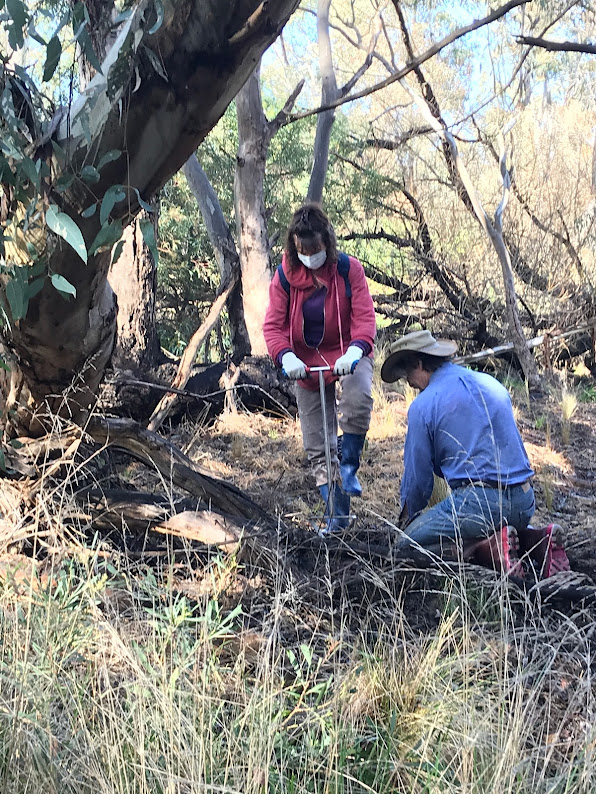
The well-being of our native plants and animals is up to us and it will be determined by the way we manage our shared home.
Written by Colleen Filippa.
With a background in Environmental Science, Colleen is the founder and director of Fifteen Trees. She has buried her rake under a pile of logs and has vowed never to rake again.
Fifteen Trees promotes the thoughtful retention of leaf-litter habitat in a safe manner. In accordance with CFA recommendations, landholders are encouraged to keep a clear area around the house, sheds and surrounds and prepare a fire plan.
